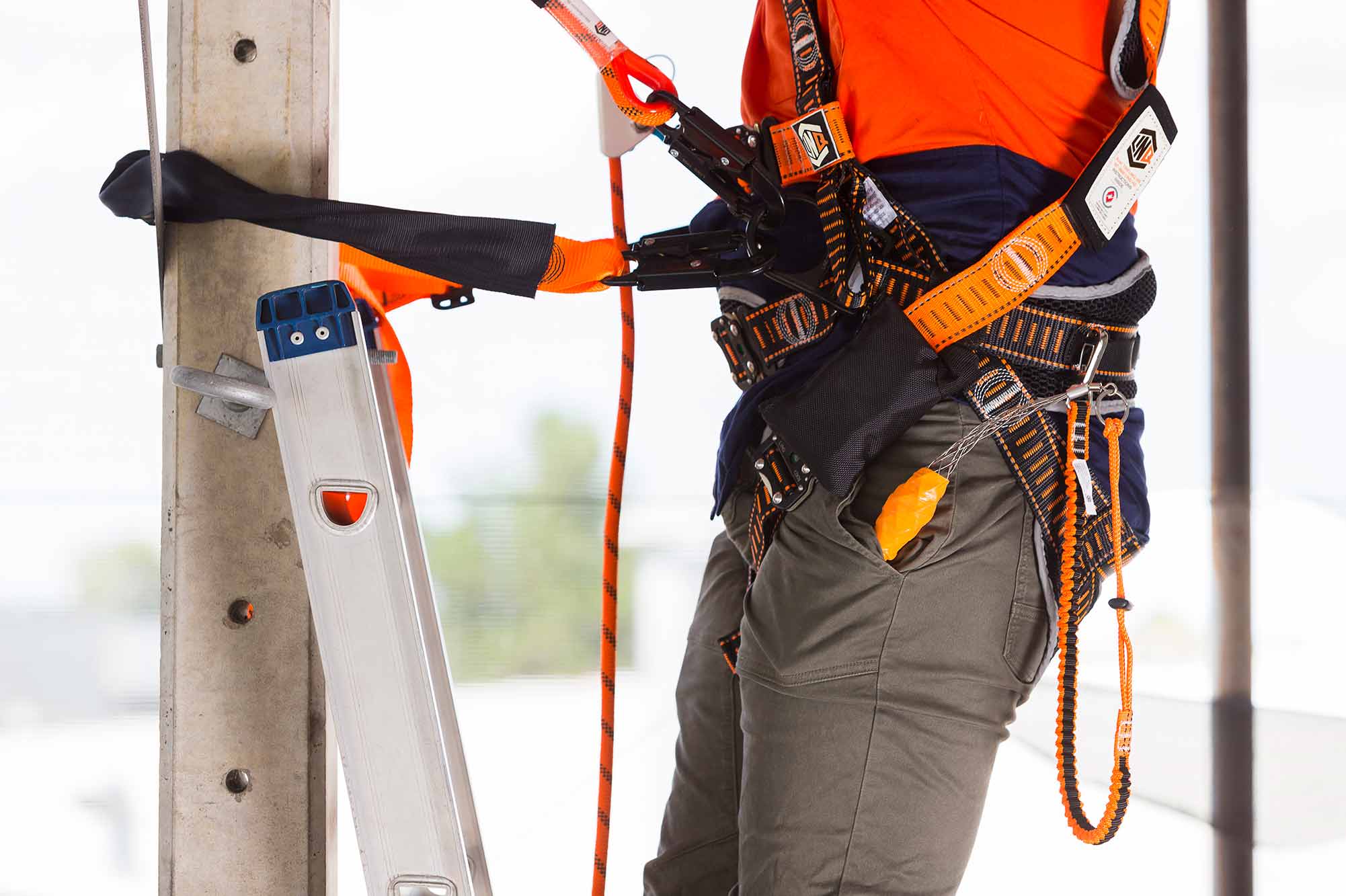
When it comes to working at heights, numerous factors affect the safety of a worker and most dangers are predictable and preventable. When accidents happen and they all point to the equipment or hardware, usually the fault lies between the manufacturer for the unsound equipment or the PCBU for not training its workers or supplying them with the correct fitting gear. The latter is especially true of safety harnesses. Safety harnesses don't come in one universal size. Its system of webbing and strapping should be calibrated to appropriately fit each individual worker.
Each respective fall protection system is designed to perform a distinct task related to height safety. These range from hot works, tower work, rigging, confined space, roofing and construction, among others. Safety systems must be customized to your unique work environment in order to be effective. A worker will experience less stress and harm thanks to fall-arrest devices if they fall.
For safe operation, a full body harness must be adjusted properly. Ascertain that workers also wear the right size.
Its important to assess your option and decide which one fits your specific tasks and requirements. Select a distributor who actually cares about safety and integrity for workers and contractors.
Consequences of Improper Wearing of Harness
In this LINQ Video, it demonstrates how fall arrest hardware can cause a head injury, among others, during the moment of impact when a harness is inadequately fitted.
A safety harness should be able to mitigate the forces a worker will experience at the moment of impact. Those forces have the ability to harm not only the head but also internal organs and result in trunk injuries like broken ribs.
Harness Fitting Guide
The chest strap should be placed directly under the sternum, and the webbing should fit securely under the buttocks. As a rule of thumb, a correct fit should allow a flat hand to be placed behind the leg strap.
As a matter of fact, LINQ’s intuitive harness design guides wearers into the correct fit if they have it wrong. The limited leg strapping guides the wearer into adjusting the shoulder webbing correctly first. Then, ensure afterwards the Belay loops are connected underneath the buttocks in a position where the fall arrest hardware presents no danger.
LINQ full body harnesses have been engineered and certified to provide the wearer with maximum safety, comfort and versatility while working at heights.
Safety
The use of a frontal D for fall arrest is “NOT USED AS PART OF LINQ’S CONCERN FOR USER SAFETY” in the LINQ range of harnesses, the poorly positioned frontal D is replaced by a co joined set of Belay Loops with increased loop length resulting in enhanced safety in a properly fitted LINQ harness. Eradicates the chance of throat and facial injury that is associated with frontal D harnesses.
Comfort
A properly fitted LINQ harnesses Belay Loop/Sub Pelvic Strap design creates a “seat” for the wearer for after fall comfort and safety, whilst at the moment of impact its positioning forms a natural fulcrum and ensures that any risk of throat or facial injury from fall arrest or attachment hardware is greatly reduced.
Versatility
LINQ offers four ready-made kits that are suitable for a broad range of occupations. If our Standard, Basic, Construction or Confined Space Entry Kits do not suit your individual requirements, we offer a Custom Kit building service that only involves of four step process. These are: 1) Selecting the harness 2) Selecting the lanyard 3) Selecting the rope length and finally, 4) the container or bag.